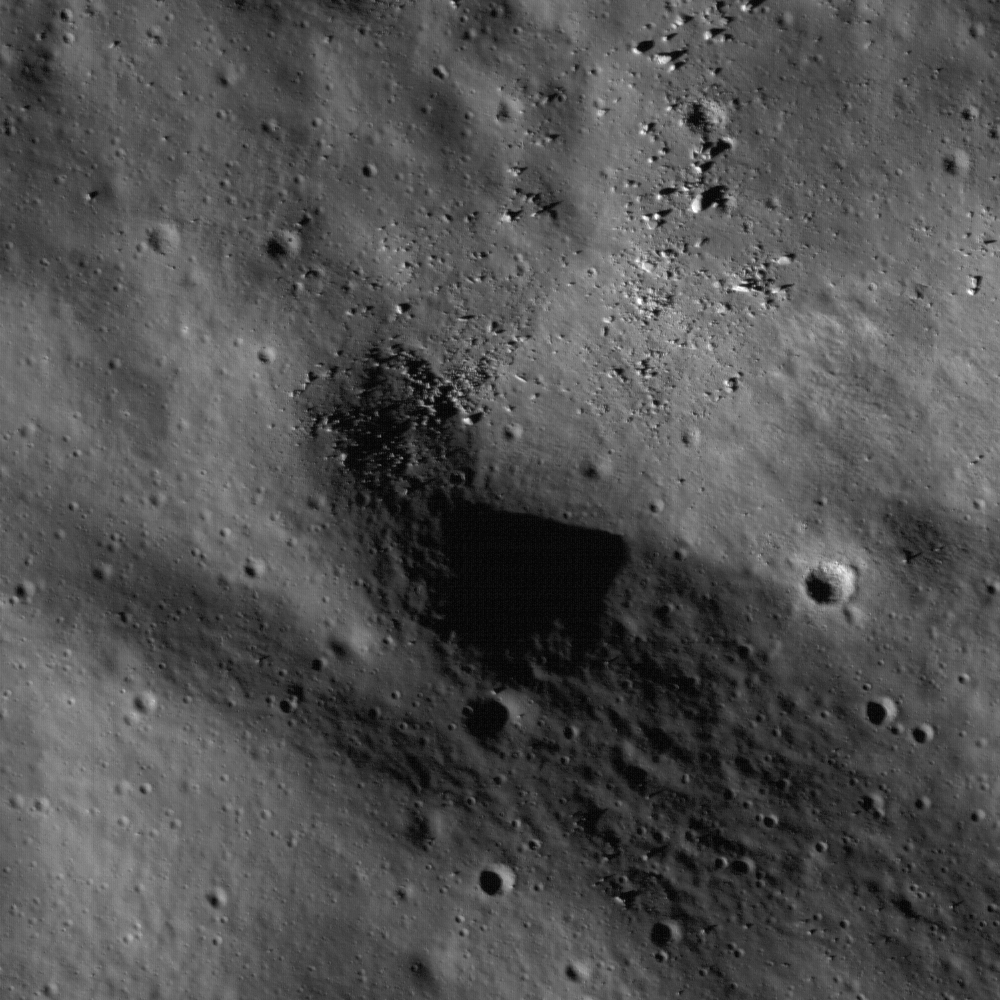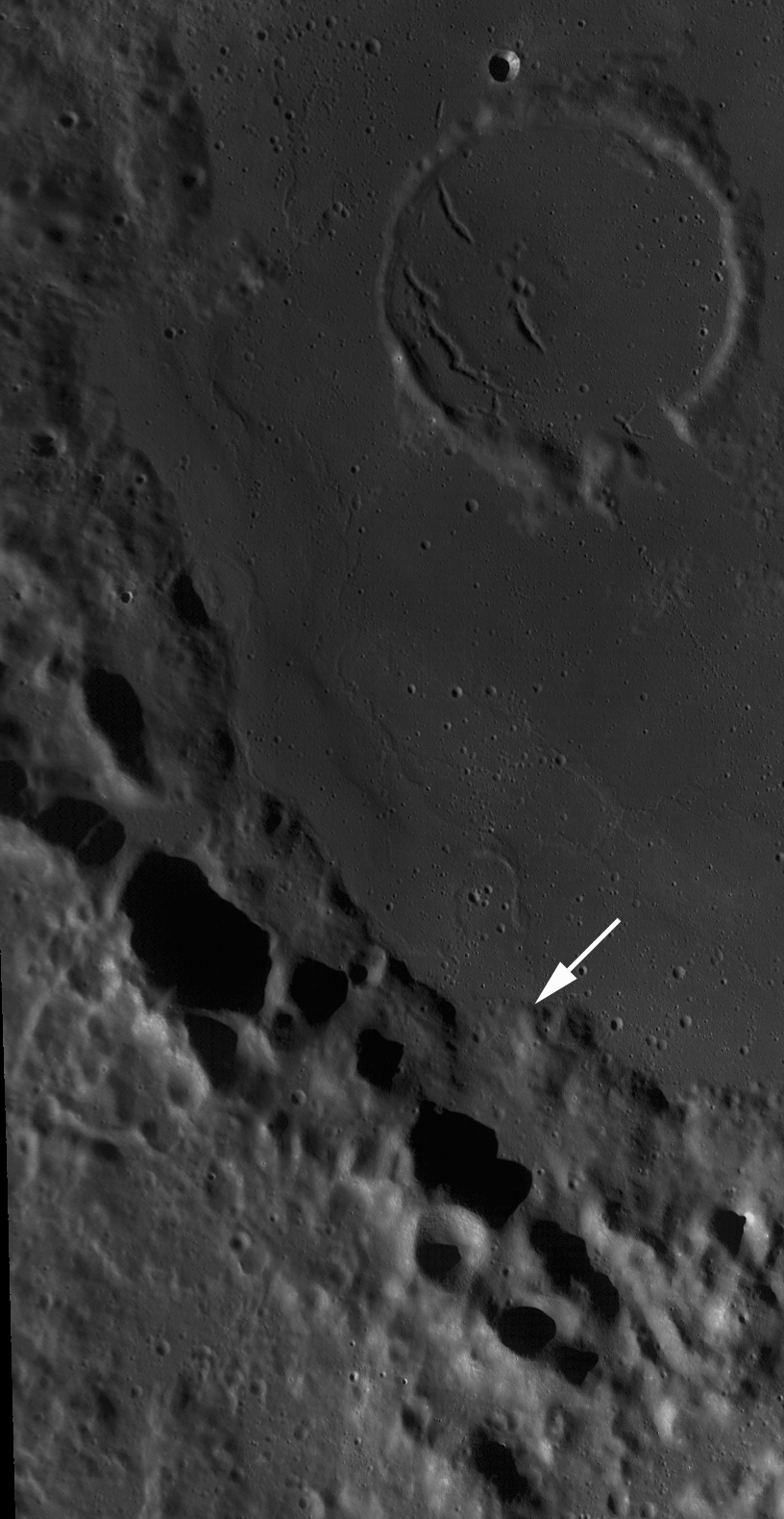
Mare Humboldtianum is an ancient impact basin on the northeast limb of the Moon whose inner ring was flooded by basalt billions of years ago to form the mare. The Constellation region of interest in Humboldtianum is located in the southwest portion of the mare, straddling the mare highlands boundary. In today's Featured Image, we see the center of the Constellation region of interest, where the mare basalts meet the highlands. The highlands are characterized by their high reflectance and the distinctive, so-called "elephant skin" texture, while the mare basalts are characterized by their low-reflectance, relatively smoother surfaces.
Exploration of this location will address important questions in lunar and planetary science. Since this site is at the edge of a large impact basin, based on the Apollo experience it is likely that you can find samples of the basin melt sheet here. During large, basin-forming impact events, the shock of the impact disaggregates the rocks that are in the impact zone, and these smaller fragments are swept up in the sheet of impact melt that sweeps outward from the point of impact. Consequently, the solidified impact melts contain fragments of the rocks and minerals that were present in the crust at the point of impact. Lunar scientists can therefore study these impact melts, billions of years after the impact, to unravel fundamental geochemical information about the composition and heterogeneity of the lunar crust. For example, how would the basin impact melts we collect in Humboldtianum differ from those collected at the Apollo 15, 16, and 17 landing sites? We can't answer that important question until human explorers do the necessary fieldwork at this site! Also importantly, the highlands and mare samples collected from this location would be radiometrically age-dated, providing key information about when the basin formed and when it filled with the erupting mare basalts--important questions for helping to clarify the lunar geologic time scale.
The Humboldtianum site offers several operational benefits. As a near-side location it would give astronaut explorers the chance to survey a unique, high-latitude location while remaining in Earth's line of sight, which is important for communications. The mare regolith at this site would also provide easy access to feedstock for in-situ resource utilization, while still enabling access to the lunar highlands.
Plan your own journey to Mare Humboldtianum!
For more information on LROC's observation campaign for the Constellation program regions of interest read this Lunar and Planetary Science Conference abstract, and visit the LRO Science Targeting Meeting website (look for the baseball card summary sheets for each site: part 1, part 2).
Published by Bashar Rizk on 3 June 2010
